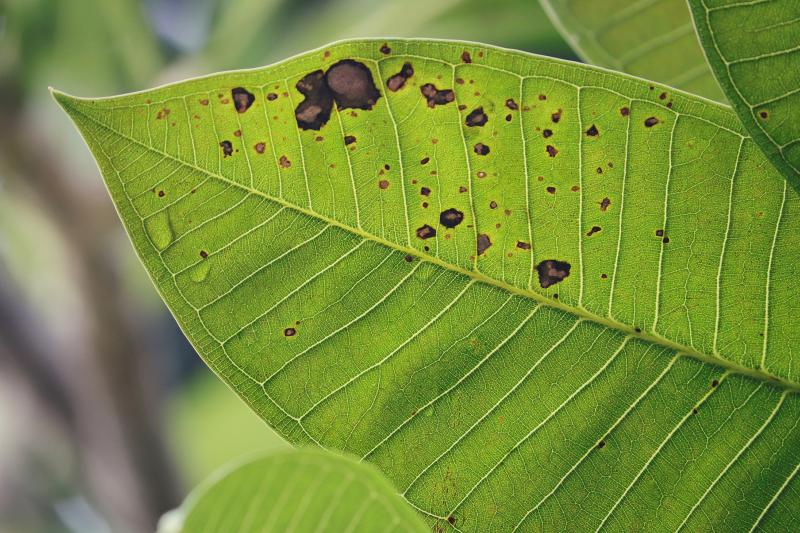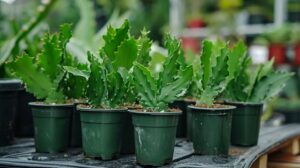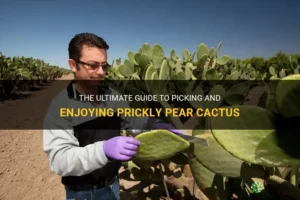White Fungus on Seedlings: How to Identify and Treat Fungus on Your Young Plants
Cultivating seedlings can be a deeply rewarding venture, yet it is not without its challenges. One of the more insidious threats to these young plants is the emergence of white fungus. Observing a delicate coating of white fuzz on your seedlings can be alarming, but understanding the nature of this phenomenon is the first step in effective management.
Identifying White Fungus: The Early Signs
White fungus on seedlings often manifests as fine, white filaments, resembling spider webs or a light dusting of powder. This fungus is commonly attributed to species such as Sclerotinia or Botrytis, which thrive in moist environments with poor air circulation. Initial signs may include wilting leaves, which can make the seedlings susceptible to further decline.
In addition to the visual cues, affected seedlings may exhibit an overall stunted growth pattern. In extreme cases, if the fungus is left untreated, it can lead to the complete demise of the plant. Identifying white fungus early on is critical, as the rapid proliferation of fungal spores can result in a widespread infestation across your seedlings.
Environmental Factors that Favor Fungal Growth
Understanding the environmental conditions that promote fungal development is essential for both prevention and treatment. White fungus typically flourishes in humid conditions, following periods of overwatering or excessive moisture retention in the soil. Poor drainage in pots or trays may exacerbate these conditions, leading to the ideal habitat for fungal spores to thrive.
In addition to moisture levels, temperatures play a significant role in the growth of white fungi. Typically, temperatures ranging from 60°F to 75°F (15°C to 24°C) create an optimal environment, further highlighting the importance of maintaining controlled conditions. Thus, monitoring the environment of the seedling garden is not merely a precaution; it is a necessity to thwart fungus at its inception.
Effective Treatment Strategies for White Fungus
When confronting white fungus, prompt and appropriate action can save seedlings from deterioration. The initial response should be to remove severely affected plants, thus preventing further spread. For less affected specimens, treatment options vary, but include:
1. **Fungicide Application:** Commercial fungicides can effectively combat fungal infections. Organic options, such as neem oil or copper-based fungicides, provide a less harsh approach while still delivering remarkable results.
2. **Adjusting Watering Practices:** Overwatering is often a catalyst for the development of white fungus. Ensuring soil is allowed to dry out between waterings can help deter fungal ingress. Furthermore, switching to a well-draining soil mix can aid in preventing moisture accumulation.
3. **Improving Air Circulation:** Improving ventilation around seedlings can significantly reduce humidity levels. Consider utilizing fans or strategically placing seedlings in locations with more airflow, which allows excess moisture to dissipate.
Sustained Monitoring for Persistent Fungal Presence
Even after the initial treatment, ongoing vigilance is required. White fungus has the potential to return if conditions remain favorable. Regularly inspect your seedlings, looking for any signs of resurgence. Implementing a weekly inspection schedule will encourage early detection and permit timely action.
Additionally, introducing companion plants that are known to be less susceptible to fungal infections can create a more diverse and resilient planting environment. This diversity acts not only as a preventive measure but also enriches the overall soil health, which can deter fungal pathogens.
Preventative Measures: Best Practices for Healthy Seedlings
The best way to deal with white fungus is to prevent its occurrence in the first place. Consider implementing the following proactive strategies:
• **Sanitation:** Keep planting supplies, pots, and trays clean. Sterilization of these materials can dramatically decrease the chances of fungal introduction.
• **Soil Health:** Promote soil health by incorporating beneficial microorganisms, such as mycorrhizal fungi or beneficial bacteria. These can help suppress harmful pathogens in the soil.
• **Creating a Balanced Environment:** Maintain proper light levels to ensure seedlings are healthy and robust. Stressful conditions can make them more vulnerable to diseases, including white fungus.
Conclusion: Sustaining Your Seedlings for the Long Haul
White fungus on seedlings serves as an unsettling reminder of the complexities involved in gardening. However, becoming familiar with the indicators and optimal treatment strategies allows gardeners to preserve and nurture their young plants effectively. Through diligent monitoring and proactive environmental management, one can cultivate not just resilient seedlings, but a thriving gardening experience.
Ultimately, fostering a deeper understanding of fungal dynamics not only enhances the gardener’s expertise but also augments the connection between human endeavor and nature’s intricate systems. Thus, the battle against white fungus is not merely remedial; it is a journey of discovery, learning, and growth in the fascinating world of plant cultivation.





Leave a Comment